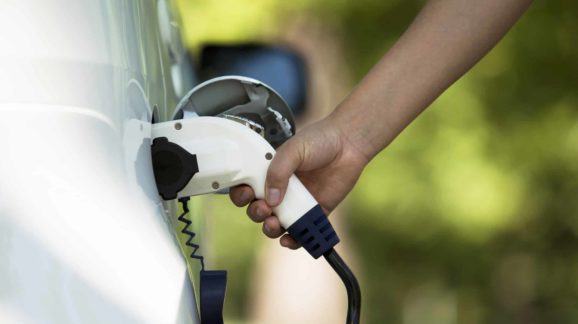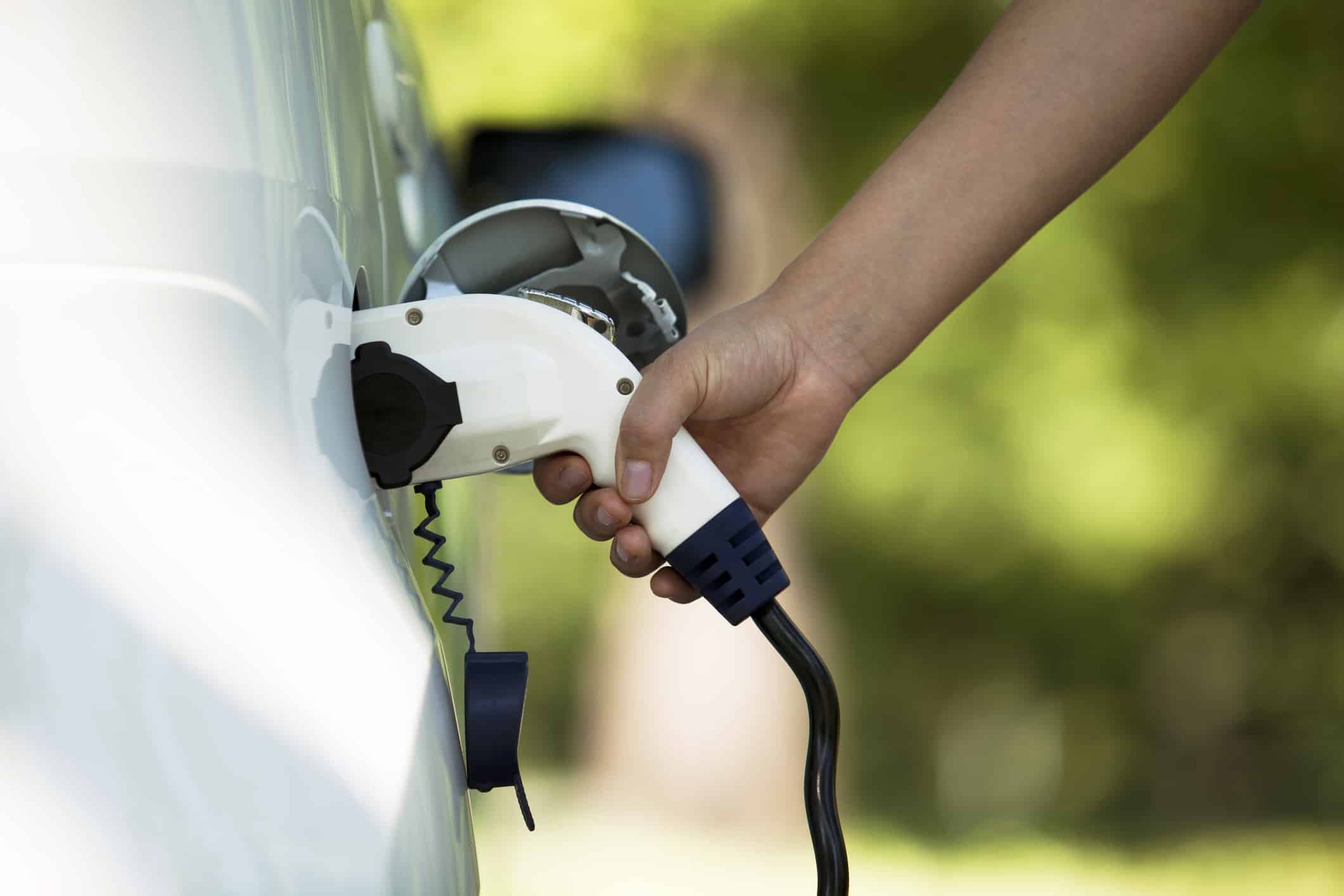Report Misconstrues SAFE Rule ‘Rollbacks’

 A recent Rhodium Group report purports to show by the numbers that the fuel economy “rollbacks” effected by the Trump administration’s forthcoming Safer Affordable Fuel Efficient (SAFE) Vehicle rule are “significant” both in terms of “greenhouse gas (GHG) emissions abatement and costs to drivers.” In fact, the numbers reveal the insignificance of the SAFE rule’s GHG impacts. Furthermore, the report’s analysis of consumer costs is one-sided and, thus, potentially misleading.
A recent Rhodium Group report purports to show by the numbers that the fuel economy “rollbacks” effected by the Trump administration’s forthcoming Safer Affordable Fuel Efficient (SAFE) Vehicle rule are “significant” both in terms of “greenhouse gas (GHG) emissions abatement and costs to drivers.” In fact, the numbers reveal the insignificance of the SAFE rule’s GHG impacts. Furthermore, the report’s analysis of consumer costs is one-sided and, thus, potentially misleading.
The Obama administration championed mileage standards requiring automakers to increase the average fuel efficiency of their fleets by 5 percent annually during model years (MYs) 2021-2025. The SAFE rule originally proposed to freeze mileage standards at the MY 2020 levels through MY 2026. The final SAFE rule is expected to require a 1.5 percent annual increase in average fuel efficiency during MYs 2021-2026.
Greenhouse Gas Impacts Undetectably Small
According to the Rhodium Group, replacing the Obama-era standards with the SAFE rule will increase cumulative U.S. GHG emissions during 2021-2035 by 654 million metric tons, which is “larger than the annual economy-wide emissions of more than 77 percent of countries on earth.” That gee-whiz fact may be useful for scaring children, vilifying political opponents, or virtue signaling, but not for much else.
Under the Obama administration standards, atmospheric carbon dioxide (CO2) concentrations were expected to reach 789.11 parts per million (ppm) in 2100. In contrast, under the SAFE rule’s originally proposed fuel economy freeze, concentrations would rise by an additional 0.65 ppm to 789.76 ppm—an increase of 8/100ths of one percent (83 FR 42996).
Based on standard EPA modeling, that extra 0.65 ppm of carbon dioxide would increase global average annual temperature by 0.003°C and sea levels by 6 millimeters in 2100 (SAFE Rule Draft Environmental Impact Statement, p. 5-31). Three one-thousands of a degree Celsius is 27 times smaller than the National Oceanic and Atmospheric Administration’s margin of error (0.08°C) for measuring changes in global annual average temperature. So, as originally proposed, the SAFE rule’s climatic impact would be undetectably small under current scientific methods.
In the table above, Alternative 5—a 1 percent annual increase in passenger car fuel economy combined with a 2 percent annual increase in light truck fuel economy—is roughly comparable to the final SAFE rule’s expected 1.5 percent increase in average annual fuel economy.
We may thus surmise that under the final SAFE rule, global CO2 concentrations in 2100 would be only 0.37 ppm higher than under the Obama standards, increasing global temperatures by only 0.002°C and sea levels by 3 millimeters (roughly one-tenth of an inch).
Neither the Obama standards nor the SAFE rule standards can have any measurable effect on global temperatures over the next 80 years and beyond. Accordingly, the SAFE rule’s less ambitious emission reductions will have no discernible adverse effects on weather patterns, crop yields, polar bear populations, or any other environmental condition people care about.
Negligible Energy Security Benefits
The overview paragraph of the Rhodium Group’s report states that, compared to the Obama administration’s fuel economy program, the expected SAFE rule “1.5 percent proposal would boost US oil demand by 2.2 billion barrels from 2021 to 2035, increasing spending on fuel for drivers by $231 billion over the same timeframe.” However, the report later clarifies that it is the original SAFE rule freeze proposal that would increase U.S. oil consumption by 2.2 billion barrels. The expected 1.5 percent proposal would increase U.S. oil consumption by 1.8 billion barrels.
Does any of this matter from an energy security standpoint? No.
In 2018, Americans on average consumed 20.5 million barrels of petroleum products per day, or a total of about 7.5 billion barrels. The Energy Information Administration’s latest (February 11, 2020) Short-Term Energy Outlook projects U.S. liquid fuel consumption to hold steady at about that amount through 2021.
U.S. oil demand gradually decreases to about 18 million barrels per day through 2035 in EIA’s Annual Energy Outlook 2020 reference case. For simplicity’s sake, let’s assume annual oil consumption under current policies (which include the Obama standards) is as low as 18 million bpd throughout the entire 14-year period. In that case, adopting the SAFE rule’s 1.5 percent policy would boost U.S. oil demand by 2.3 percent. The impact on U.S. energy security, if any, would be negligible.
One-Sided Consumer Cost Assessment
The projected $231 billion increase in fuel purchases under the SAFE rule is not trivial but the Rhodium report’s presentation is misleading in two ways.
First, the report does not estimate or even mention the SAFE rule’s positive impact on vehicle affordability. Readers are left to infer that the Trump administration seeks to squeeze consumers at the pump for no apparent public-interest reason. In fact, the SAFE rule has an eminently reasonable central purpose: to make new, cleaner, safer, more fuel-efficient vehicles more affordable to middle-income households.
Nowhere does the Rhodium report engage the SAFE rule’s core argument that fuel economy is subject to both diminishing returns and rising incremental costs. The SAFE rule contends that fuel economy regulation has reached a point where middle income households are being priced out of the new car market (SAFE Rule Preliminary Regulatory Impact Analysis, p. 99). The Obama fuel economy program could increase overall costs of vehicle ownership by $2,700 compared to leaving vehicle technology at model year 2016 levels (83 FR 42994). The Obama administration itself estimated its fuel economy program could add $3,000 to the cost of a new car by 2025.
Second, it is misleading to present the $231 billion increase in fuel expenditures as a cost imposed on consumers. The SAFE rule is deregulatory. Consumers will be as free as ever to buy the most fuel efficient cars including electric vehicles. Nor does anything in the SAFE rule constrain automakers from catering to consumers who prioritize fuel economy or environmental concerns.
Indeed, if consumers value fuel economy as highly as Trump’s critics assume, there should be very little increase in fuel purchases. Automakers in that case would compete to satisfy consumers’ demands for the very vehicles the Obama administration sought via mandates to force into the marketplace.
What if consumer spending on fuel does increase by $231 billion under the SAFE rule? Paradoxically, that would be evidence the rule enhances consumer welfare. It would mean that millions of consumers value the marginal gains in vehicle affordability more than the marginal increases in fuel economy touted by the Obama administration. People would be spending more on fuel because they view the trade-off between lower vehicle price and lower mpg as worth it.
In a free society, shouldn’t consumers have the right to decide those tradeoffs for themselves rather than have their options progressively narrowed by government officials?
Food for Thought: Does the SAFE Rule “Rollback” the Obama Standards or Establish Valid Standards for the First Time?
The Rhodium report describes the SAFE rule as a “rollback.” However, a strong case can be made that the Obama MY 2022-2025 standards are legal phantoms. The so-called midterm evaluation (MTE) by which EPA finalized the standards one week before Inauguration Day was a travesty. If the Obama MY 2022-2025 standards were not lawfully adopted, then the SAFE rule will not roll them back. Rather, it will establish MY 2022-2025 standards for the first time. For further discussion, see my post today on GlobalWarming.Org.